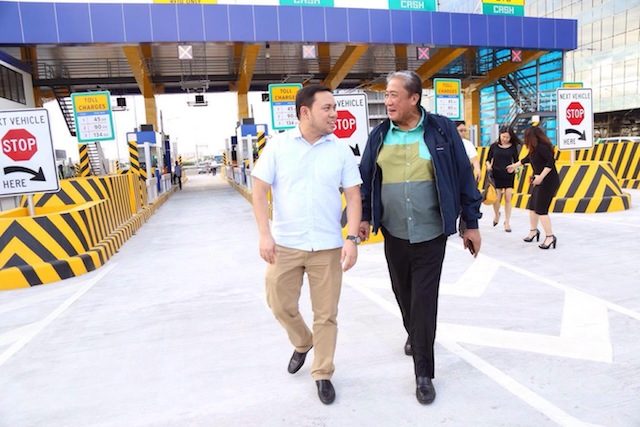
MANILA – The Department of Transportation (DOTr) will lead Monday (June 26) the Station Marking of five stations of the Manila-Clark Railway Project, the line that will connect Manila to Central Luzon.
The 106-km railway project running from Tutuban, Manila to Clark, Pampanga, is among the high-impact projects of President Rodrigo Duterte under the government’s ‘Build Build Build’ infrastructure program.
Five of the 17 stations will be marked in a ceremony:
• Marilao
• Meycauayan
• Valenzuela
• Caloocan
• Tutuban
“This project used to be just something spoken about. But under the Duterte administration, we will make this dream come true,” DOTr Secretary Arthur Tugade said, in Filipino. “For the first time, a rail project will connect Manila to Central Luzon and it will be completed under the Duterte administration.”
With this rail project, the 2-hour travel time from Manila to Clark will be cut down to just 55 minutes. The rail system stands to benefit 350,000 passengers daily on its first year of operations.
Apart from the marked stations, the 12 other stations are: Solis, Bocaue, Balagtas, Guiguinto, Malolos, Calumpit, Apalit, San Fernando, Angeles, Clark, Clark International Airport, and the proposed New Clark City in Pampanga.
Philippine National Railways (PNR) General Manager Junn Magno said the project is seen to decongest Metro Manila and spread economic gains throughout the country.
“This project will ease traffic congestion and help thousands of commuters coming from Bulacan and Pampanga who travel daily to their workplaces or schools in Metro Manila,” Magno said.
According to the DOTr, the project will start construction in the last quarter of 2017 and will be completed by the last quarter of 2021.
The project costs P255 billion and will be funded through Official Development Assistance (ODA) from Japan. The whole line will have 13 train sets with eight cars or coaches per train set. Each train can reach a maximum speed of 120 km per hour.









